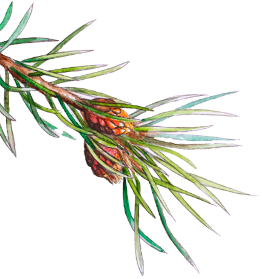A Complete Range for All Your Projects
Our offer stands out for its diversity and flexibility, allowing each professional to find the ideal material for their creations, whether it be stones with exceptional brilliance like Cubic Zirconia, innovative materials like Nano, or synthetic gems with remarkable qualities such as Lab Grown Corundum and Synthetic Emerald.
We place quality, innovation, and traceability at the heart of our commitment. Our stones are meticulously cut and undergo strict quality control to ensure their stability, brilliance, and compliance with the highest standards. Whether you are looking for a standard solution or a specific material for a custom project, our team is here to assist you at every step.
Discover our range of materials and colors by consulting our Color Chart and contact our sales team for personalized inquiries.
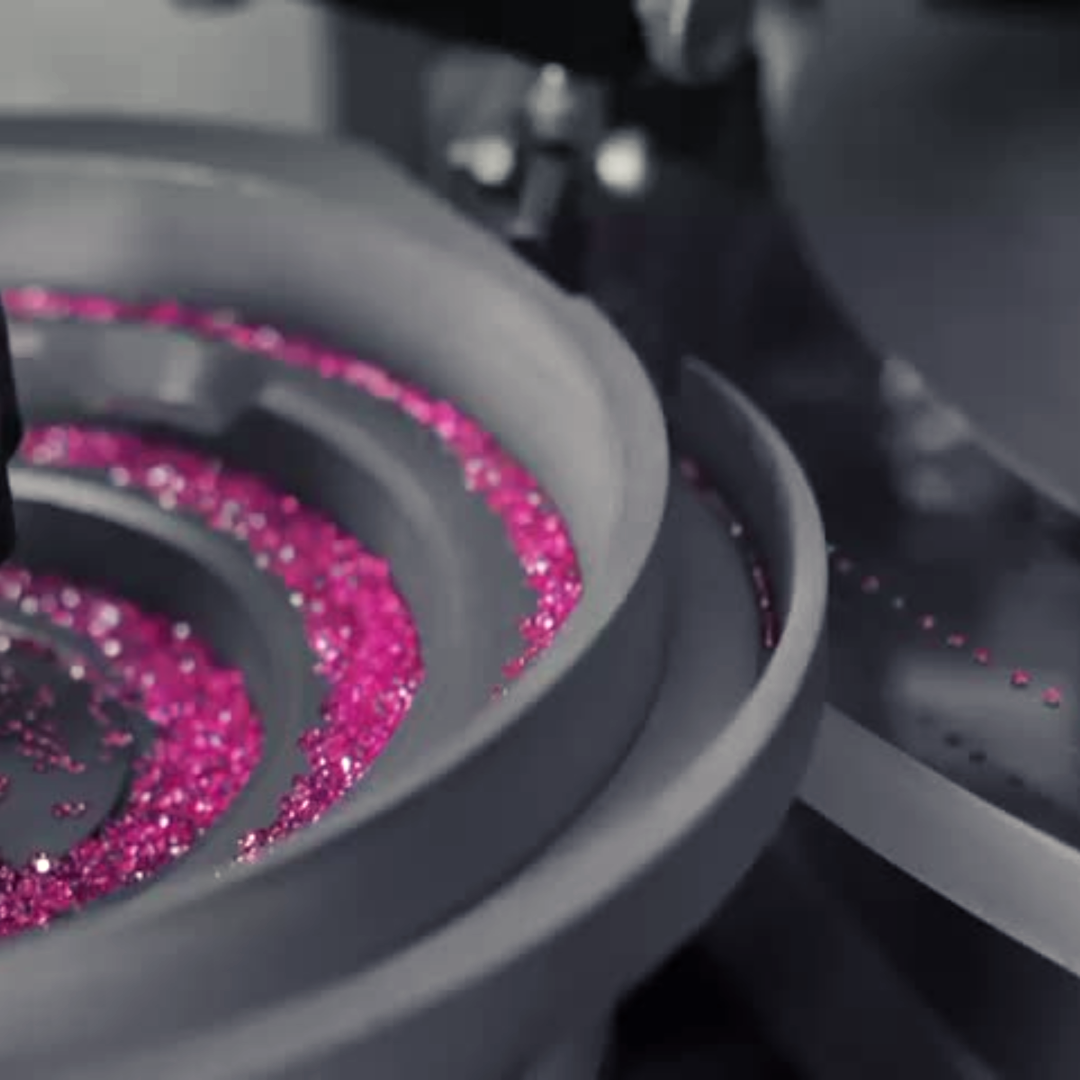


 Expertise
Expertise


Cubic Zirconia : The accessible brilliance
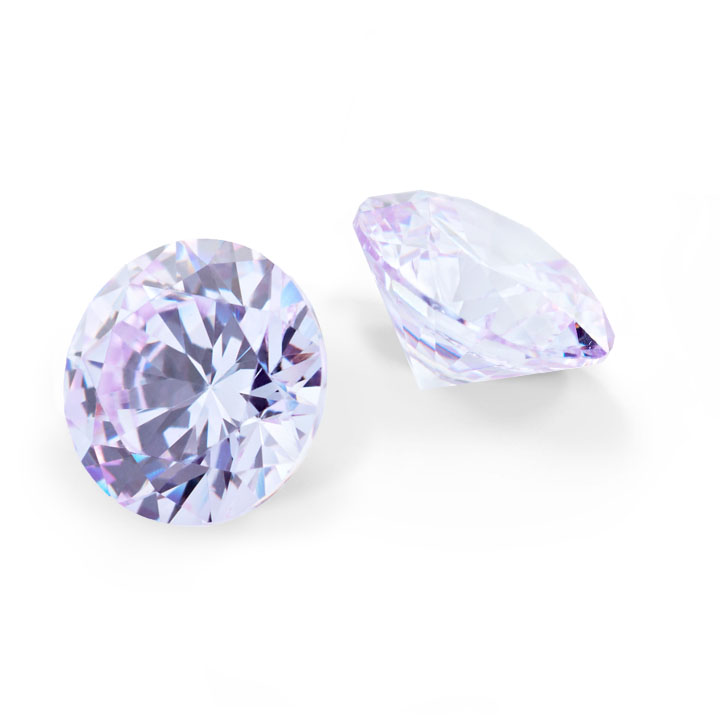
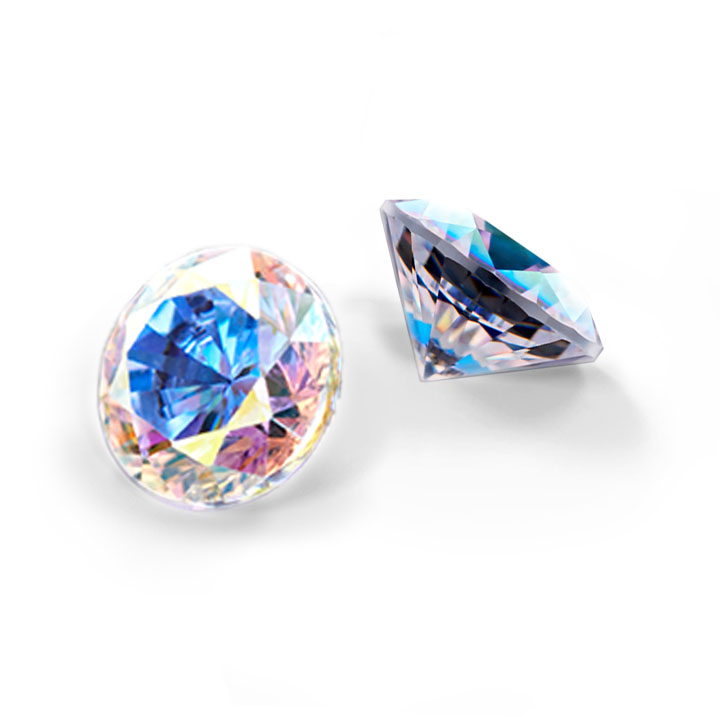

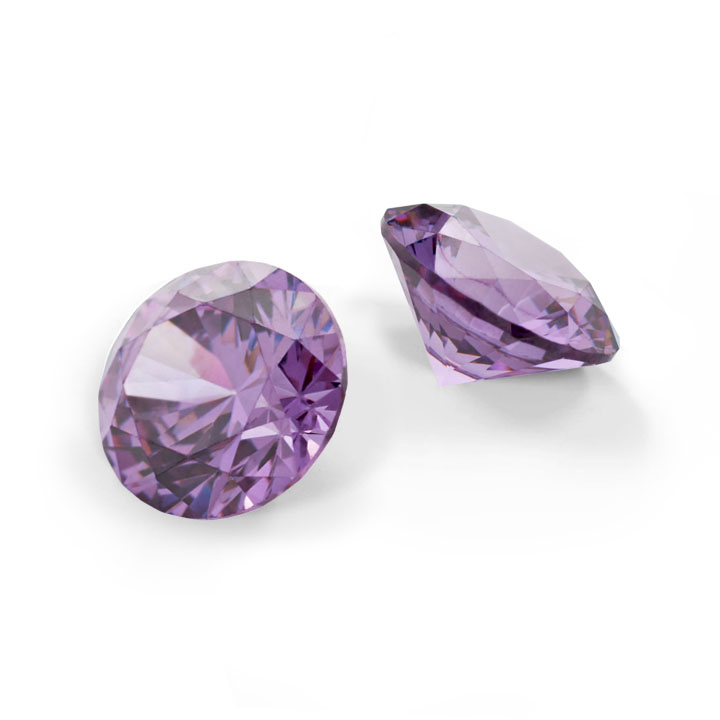
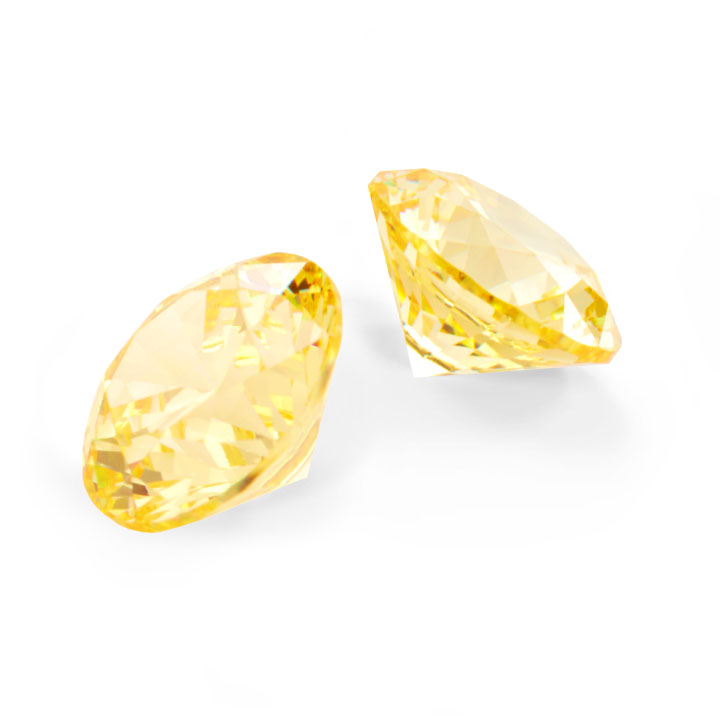
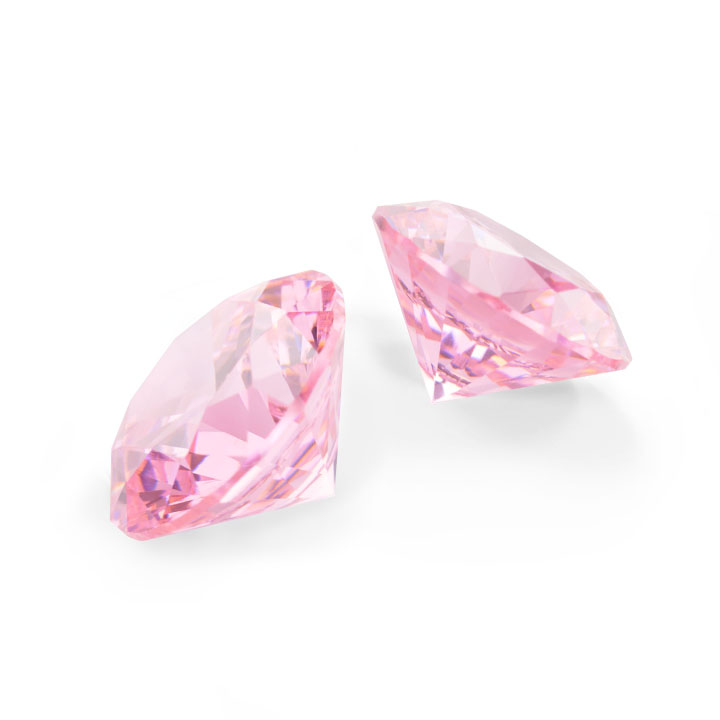
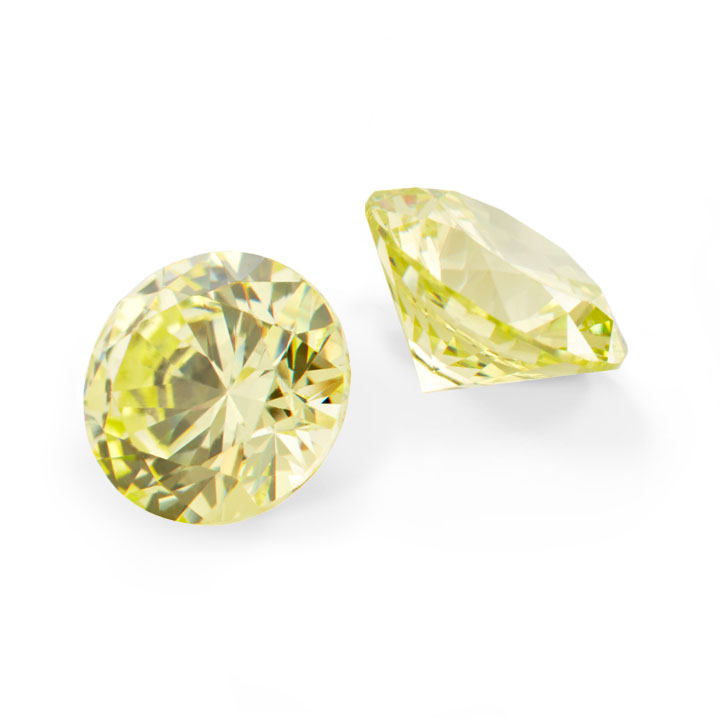
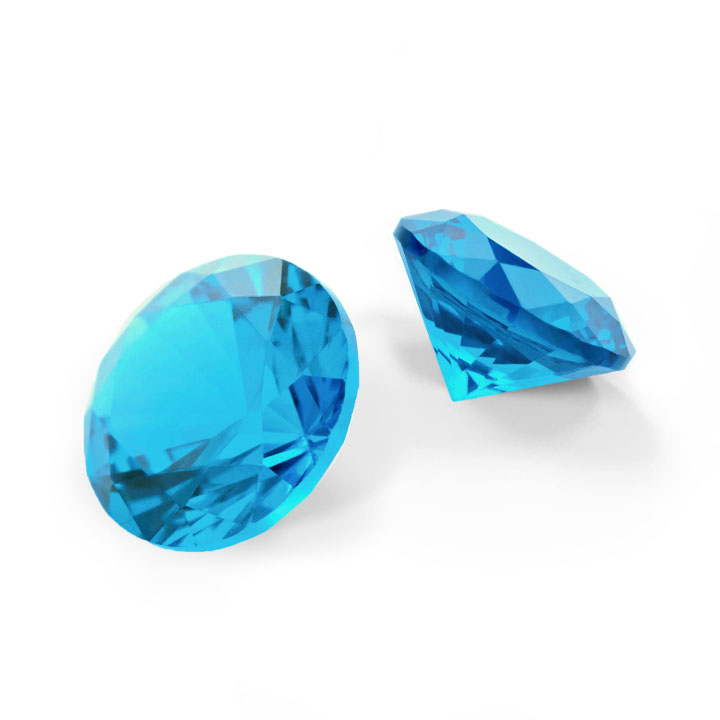

Key Strengths and Recommended Uses
- Exceptional brilliance close a diamond’s
- Extensive color palette to suit all creations.
- Ideal for jewelry, fashion, and watchmaking
- Thanks to our extreme precision and maximum repeatability, certain manufacturing processes result in significant productivity gains for automatic setting and lost-wax casting.
Cubic Zirconia (CZ), also known as zirconium oxide, is a synthetic stone renowned for its exceptional brilliance and excellent value for money. This gem is an ideal alternative to diamonds, combining elegance and affordability.
Used in various fields such as jewelry, watchmaking, and fashion accessories, CZ stands out for its high resistance to shocks and its wide color range. Its quality and technical properties make it a preferred choice for both unique and industrial creations.
Technical Properties
| Properties | Values |
|---|---|
| Composition | ZrO₂ |
| Hardness (Mohs) | 8.5 |
| Refractive Index | 2.16 |
| Dispersion | 0.06 |
| Density (g/cm³) | 6.00 |
Fire resistance: Variable depending on the color. Refer to the technical properties of the stones.
Lab Grown Corundum : Precious and Ethical Synthesis for Jewelry
Lab Grown Corundum, or synthetic corundum, is an exact replica of natural stones such as sapphires and rubies, meeting the demands of modern jewelry. These synthetic gemstones offer an ethical and sustainable alternative while preserving the exceptional properties of natural corundums.
These synthetic corundums are highly favored for their ethical reproduction of natural stones and their exceptional resistance to high temperatures, particularly in casting settings. With their intense color and chemical stability, they are perfectly suited for the most demanding jewelry and watchmaking creations.
Technical Properties
| Properties | Values |
|---|---|
| Composition | Al₂O₃ |
| Hardness (Mohs) | 9 |
| Refractive Index | 1.77 |
| Dispersion | 0.018 |
| Density (g/cm³) | 4 |
| Fire Resistance | Resistant |
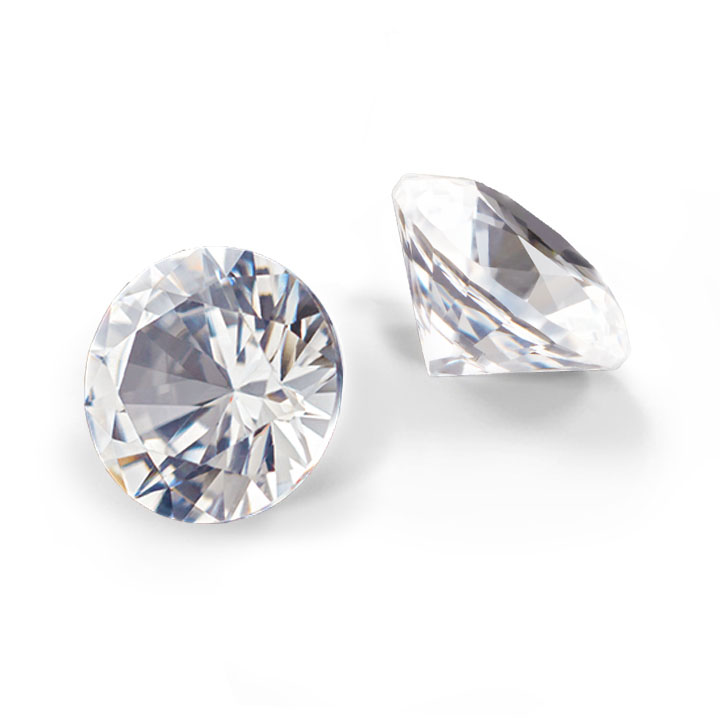
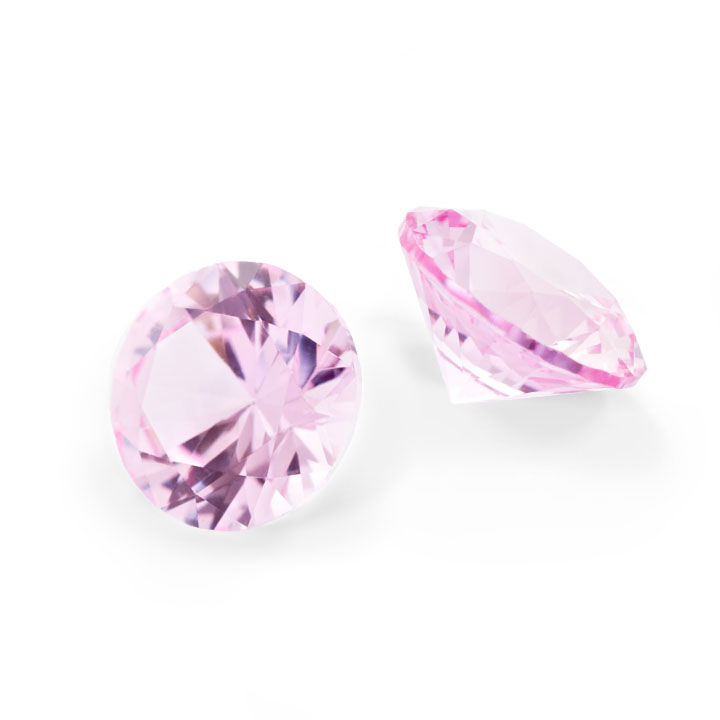


Key Strengths and Recommended Uses
- Intense colors and optimal stability
- Sustainable and traceable alternative to natural stones
- Ideal for high jewelry and watchmaking
- Thanks to our extreme precision and maximum repeatability, certain manufacturing processes result in significant productivity gains for automatic setting and lost-wax casting
Lab Grown Spinel: Purity and Natural Brilliance


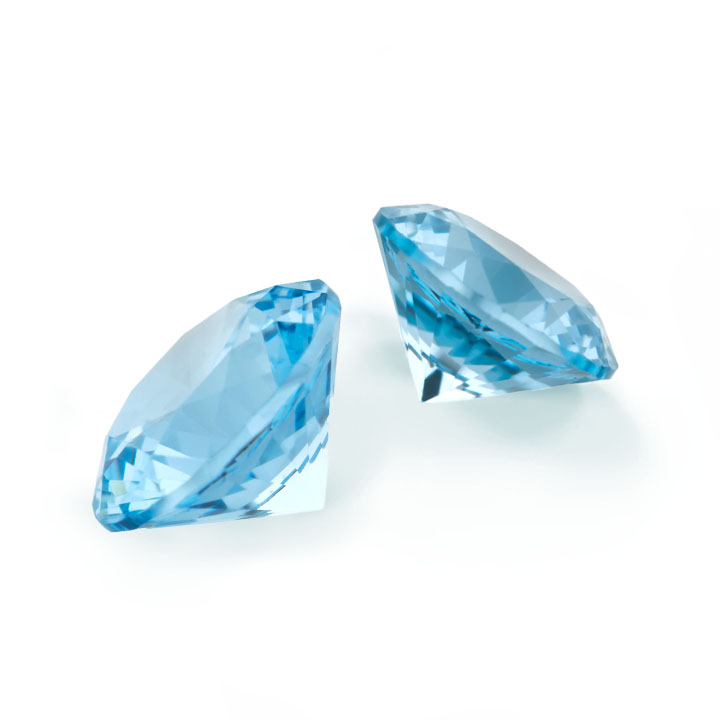
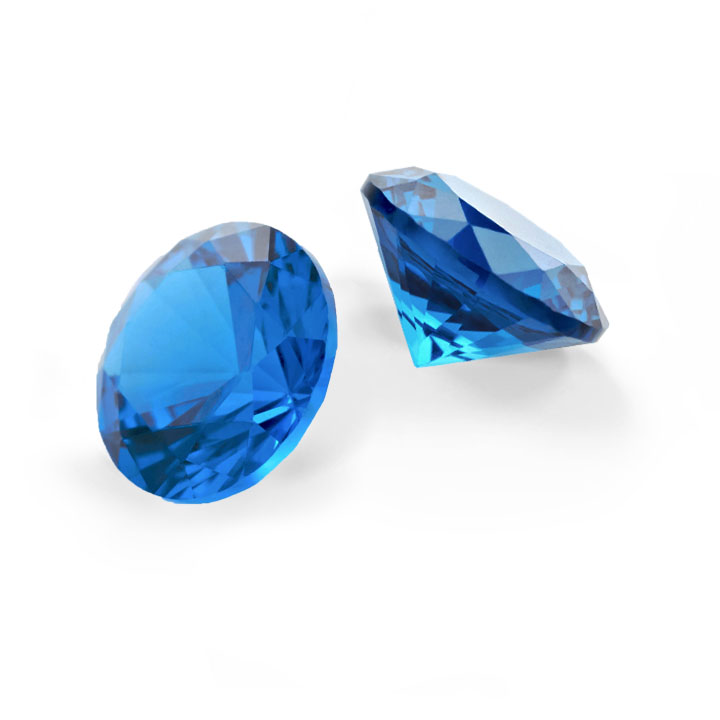
Key Strengths and Recommended Uses
- Pure and varied hues
- Perfect for watchmaking and fine jewelry
- Synthetic alternative to natural spinels
- Thanks to our extreme precision and maximum repeatability, certain manufacturing processes result in significant productivity gains for automatic setting and lost-wax casting
Lab Grown Spinel, or synthetic spinel, is an elegant and responsible alternative to natural stones. Valued for its varied and uniform hues, it meets the expectations of designers seeking precious and durable materials, while adhering to strict ethical standards.
Synthetic spinels are distinguished by their exceptional resistance, particularly to high temperatures, and their natural and ethical qualities. Available in a wide range of intense colors, they integrate perfectly into the most demanding jewelry and watchmaking creations.
Technical Properties
| Properties | Values |
|---|---|
| Composition | MgAl₂O₄ |
| Hardness (Mohs) | 8 |
| Refractive Index | 1.73 |
| Dispersion | 0.02 |
| Density (g/cm³) | 3.64 |
| Fire Resistance | Resistant |
Nano: Innovation and Varied Colors
Nano is an innovative material offering a vibrant and intense color palette, perfect for modern and bold creations. While it is less resistant to impacts than other categories, it excels in resistance to casting settings, meeting the needs of advanced jewelry manufacturing techniques.
Known for its chemical stability and chromatic diversity, this material is perfect for designers looking to express their creativity with aesthetic and high-performing gems. Nano is a reliable and durable solution for contemporary jewelry, combining elegance and innovation.
Technical Properties
| Properties | Values |
|---|---|
| Composition | Composed of silicates and metal oxides |
| Hardness (Mohs) | 6.5 – 7 |
| Refractive Index | 1.50 – 1.70 |
| Dispersion | Variable |
| Density (g/cm³) | ~3.6 |
| Fire Resistance | Resistant |

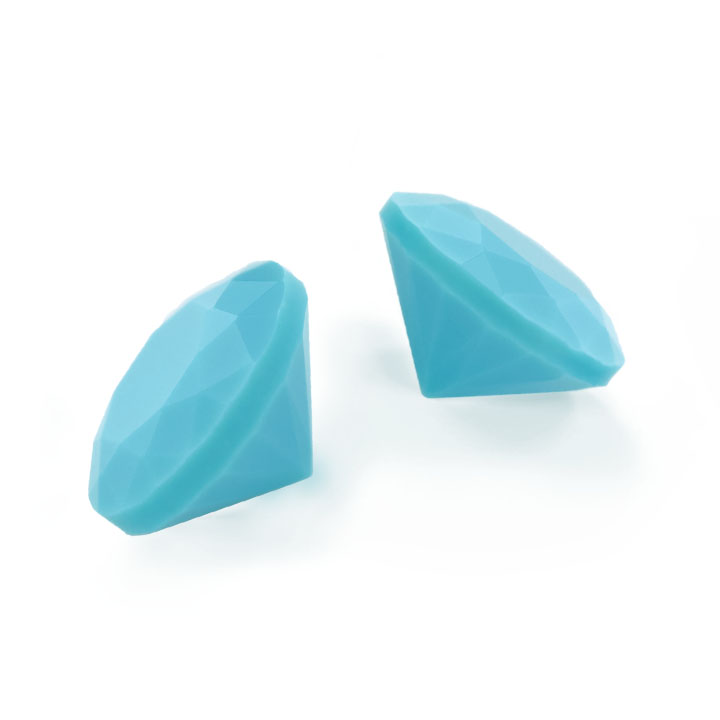

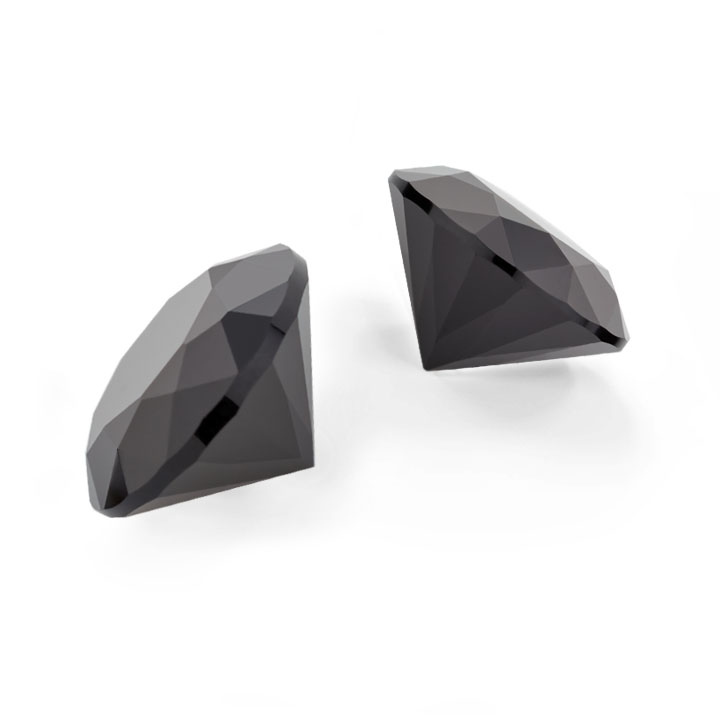
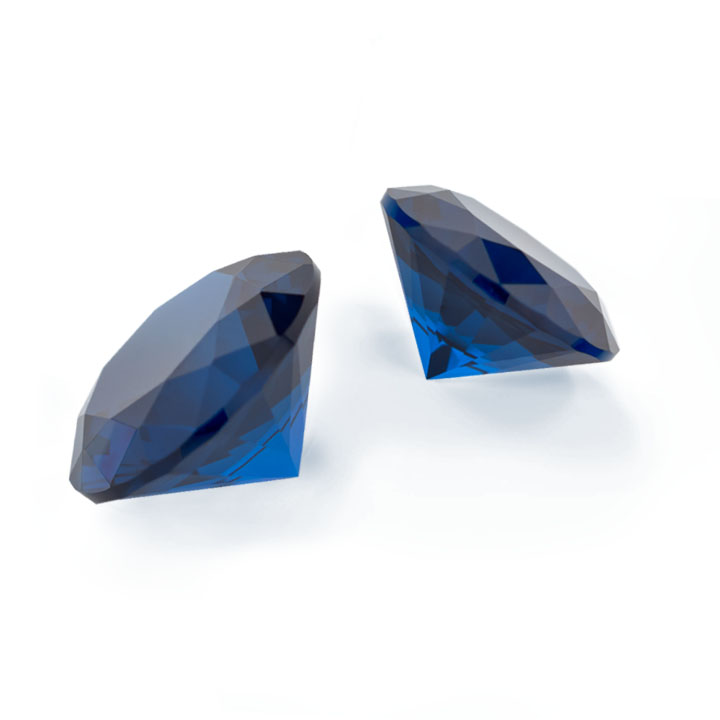
Key Strengths and Recommended Uses
- Vivid and unique color palette
- High resistance to impacts and heat
- Ideal for contemporary jewelry and bold designs
- Thanks to our extreme precision and maximum repeatability, certain manufacturing processes result in significant productivity gains for automatic setting and lost-wax casting
YAG: Versatility and Performance
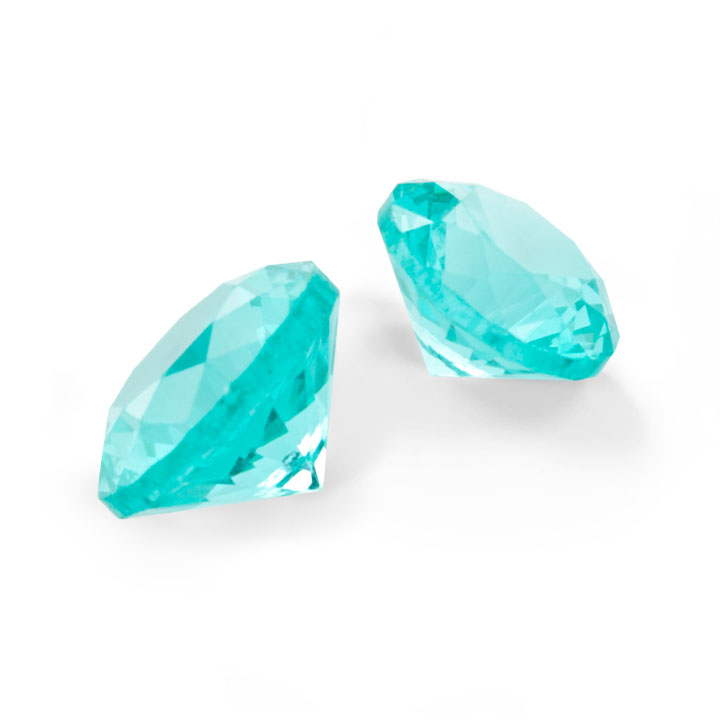
Key Strengths and Recommended Uses
- High transparency and brilliance comparable to natural gemstones
- Excellent thermal and mechanical resistance, suitable for demanding environments
- Versatile synthetic alternative to imitate various gemstones
- Ideal for watchmaking, jewelry, and certain industrial applications
- Thanks to our extreme precision and maximum repeatability, certain manufacturing processes result in significant productivity gains for automatic setting and lost-wax casting.
YAG (Yttrium Aluminium Garnet) is a versatile and high-performance material, valued for its high resistance to impacts and casting settings, as well as its ability to mimic natural stones like Paraiba tourmaline. Although it is less brilliant than Cubic Zirconia, it offers a unique color palette, including original shades like neon yellow, making it a reliable choice for demanding creations.
With its superior brilliance compared to corundums and spinels, YAG combines aesthetics and durability. Its technical properties make it a valuable alternative for designs requiring stability and longevity, while allowing for the exploration of rare colors. Although still somewhat limited in variations, this material is ideal for contemporary jewelry that stands out.
Technical Properties
| Properties | Values |
|---|---|
| Composition | Y₃Al₅O₁₂ |
| Hardness (Mohs) | 8.5 |
| Refractive Index | 1.83 |
| Dispersion | 0.028 |
| Density (g/cm³) | 4.5 |
| Fire Resistance | Resistant |
Emerald: Beauty of Nature, Precision of Synthetics
Emerald, produced through a cutting-edge synthetic process, combines richness of natural emeralds with exceptional purity. Ideal for refined jewelry creations, it represents an accessible and sustainable alternative while preserving the elegance and depth of natural stones.
Synthetic emeralds offer intense and uniform colors, similar to the most sought-after natural stones with enhanced purity and stability. This choice allows designers to create jewelry with remarkable visual characteristics while adhering to high ethical and environmental standards.
Technical Properties
| Properties | Values |
|---|---|
| Composition | Be₃Al₂Si₆O₁₈ |
| Hardness (Mohs) | 7.5 – 8 |
| Refractive Index | 1.57 |
| Dispersion | 0.014 |
| Density (g/cm³) | 2.7 |
| Fire Resistance | No resistant |
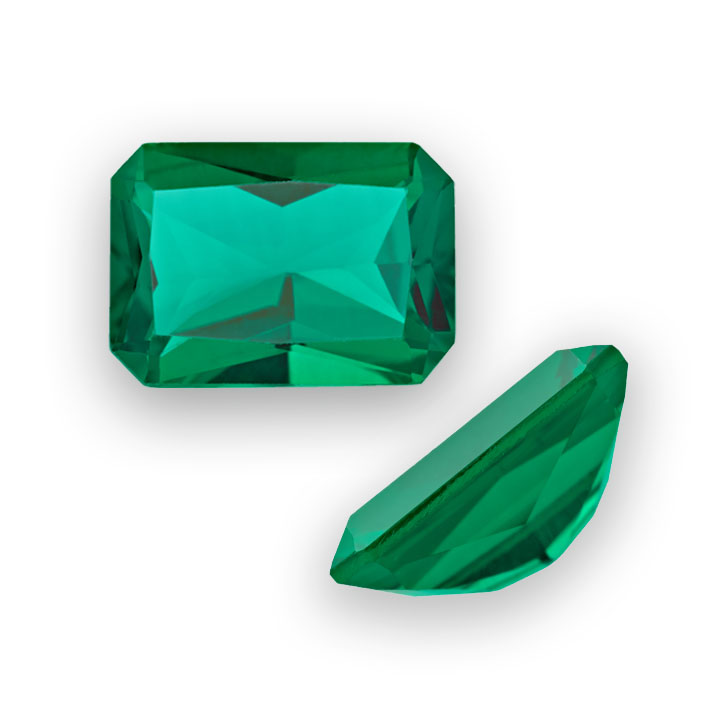
Key Strengths and Recommended Uses
- A reproduction very close to the natural stone
- High resistance to impacts
- Ideal for contemporary jewelry and bold designs

Create the exceptional
Contact our team
Let’s explore the future of your creations through a reliable partnership tailored to your ambitions.
Shop
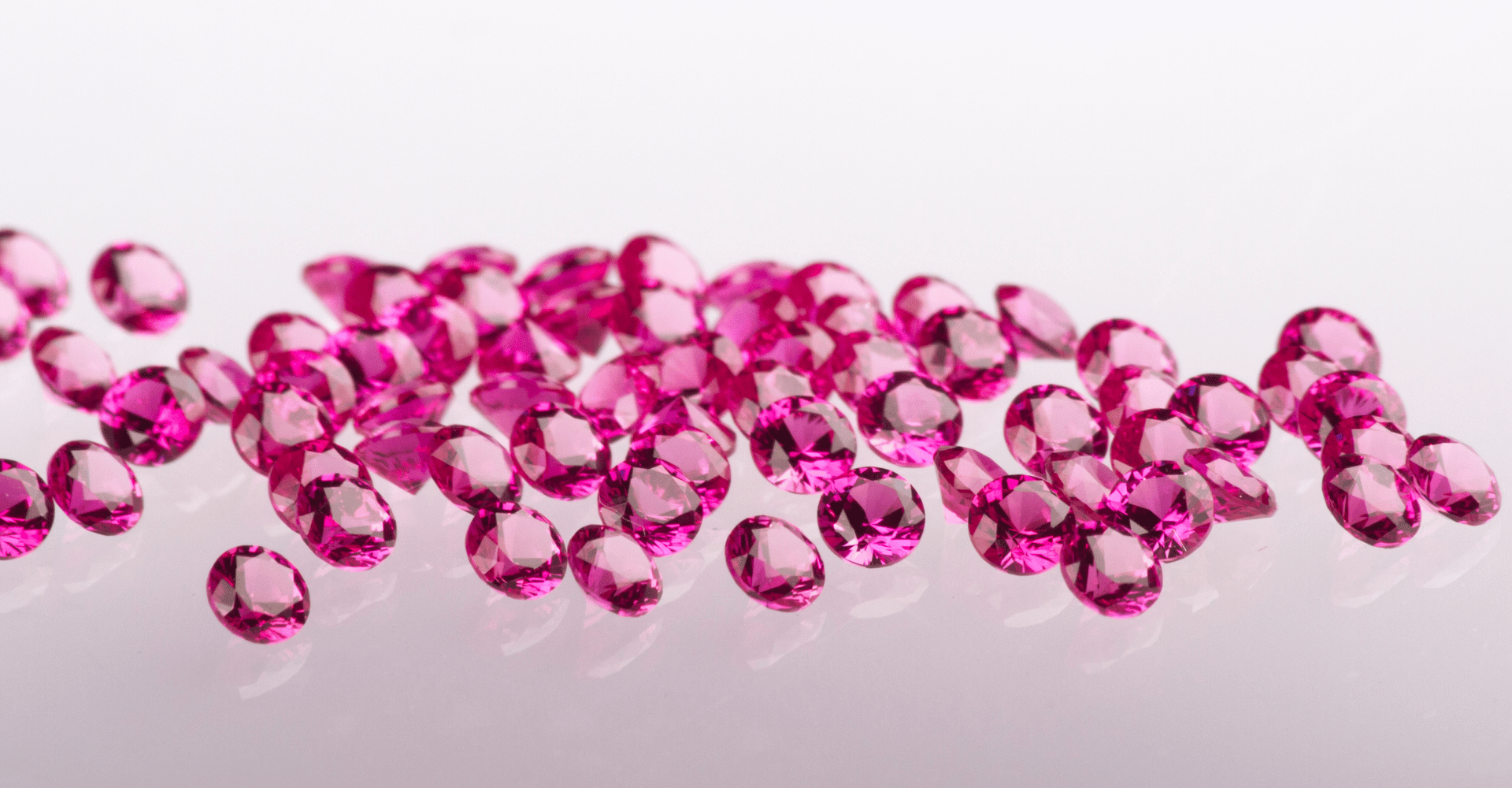

An Online Store for Specific Lots
In parallel, we have opened an online store to showcase specific lots from our collection, tailored for small volumes. Other references are available upon request from our sales team.
